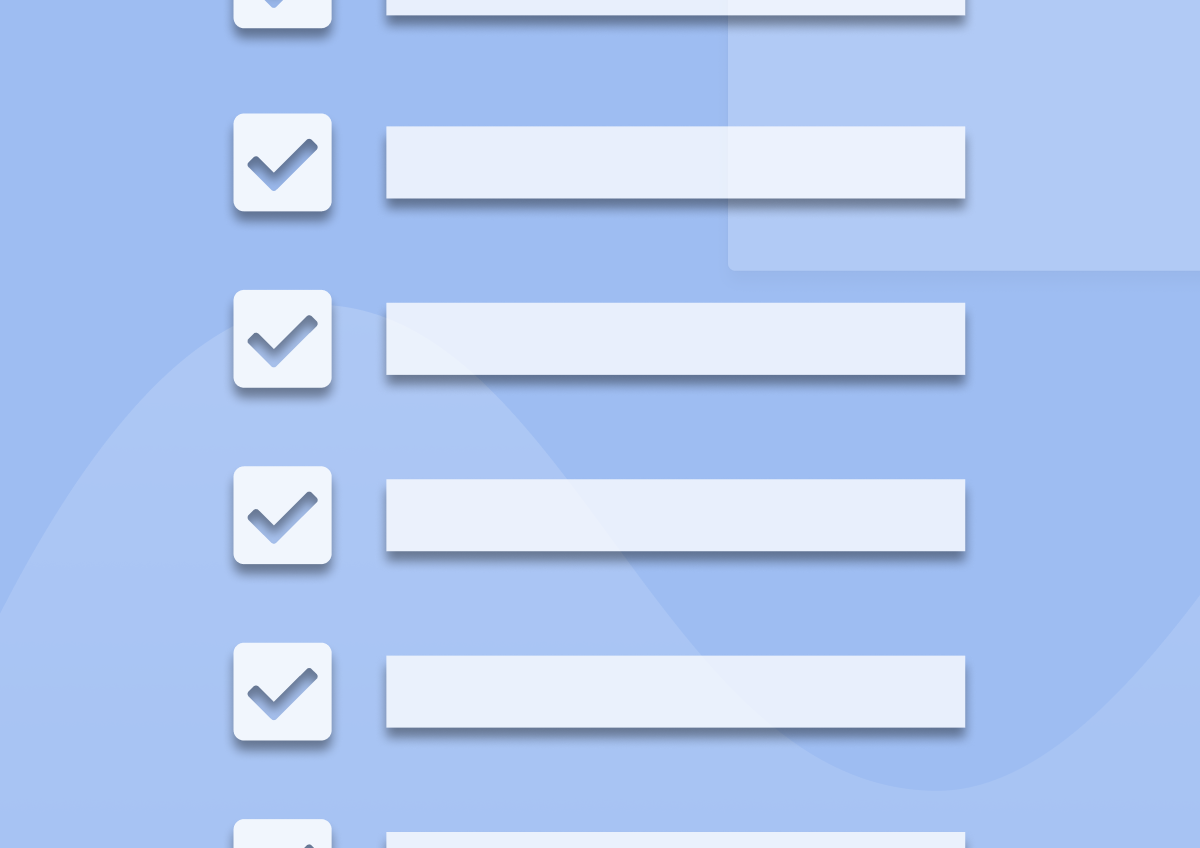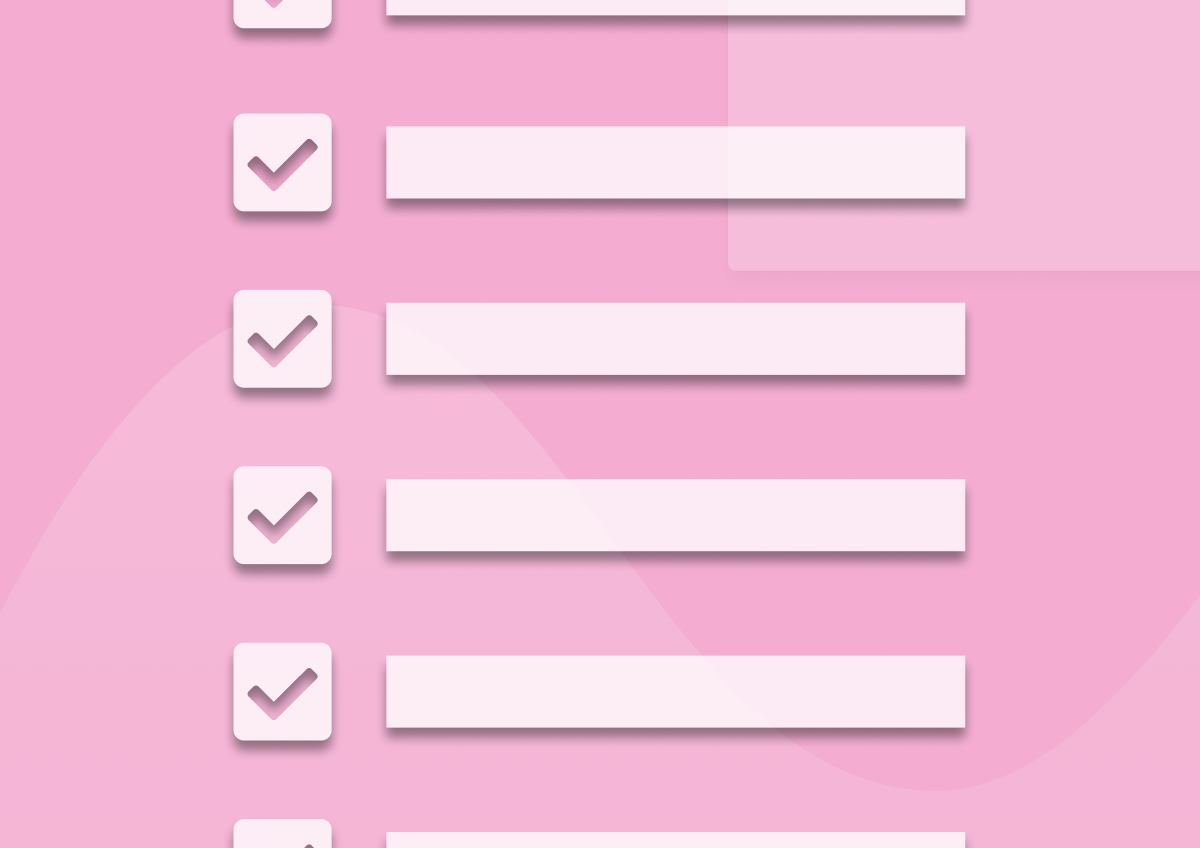CSAT vs. NPS: Similarities and Differences
In this guide, I’ll compare NPS and CSAT surveys. You’ll learn their main differences and when to use each.
FACT: 81% of organizations consider customer experience (CX) as a competitive differentiator. According to the same research, 84% of the companies focusing on CX earn more revenue, and 92% experience increased customer loyalty.
(This also suggests that you could propel your business forward by simply working on customer experience.)
But where does customer satisfaction come into this? Well, customer experience and customer satisfaction are closely related. We can safely assume that good experience is a prerequisite to higher satisfaction. So, improving the experience will boost satisfaction at the same time.
But do you need to do it? And if so, how much, and what areas of the business should you be focusing on?
Well, that’s where customer satisfaction surveys come into place – CSAT, NPS, and CES.
This post will show you the similarities and key differences between the CSAT, NPS, and CES metrics. My goal – To give you a clear idea of which metrics is best for you to use, when, and how.
Excited? Let’s begin!
CSAT vs. NPS vs. CES: The Core Similarities
Let’s start with the similarities. So, what do CSAT, NPS, and CES have in common:
- Well, firstly, they help companies uncover satisfaction levels among customers.
- Each of these surveys also helps companies segment customers (for example, into ‘satisfied’ and ‘not satisfied’) for further research.
- All three also allow evaluation of both long and short-term customer sentiment.
But that’s all. That’s where their commonalities end.
So, what’s unique about each of those?
Let’s go through them, in turn, to find out.
CSAT (Customer Satisfaction Score Survey)
A customer satisfaction score (CSAT) survey is a feedback survey designed to help you understand how satisfied the customers are with the product, service, or overall experience you provide.
Ideally, you’d want to send CSAT surveys when you want to find how happy the customers are with their recent interaction with your business, the new features you added, or a particular aspect of your business.
For example, you can ask how the onboarding process was when they sign up. Or how they’d rate their interaction with customer service when a support session is over. You can even ask broader questions like this:

Overall, you can find customers’ satisfaction with all of these using CSAT surveys:
- Sales interactions
- Customer service
- Customer onboarding
- Training
- Checkout
- General customer experience, and more.
Typically, CSAT surveys are easy to make for you, the company, and easy to fill for the customers. You can send a CSAT survey via emails, in-app widgets or drive customers to a different survey page altogether.
Then, customers have to answer one of these types of questions to fill the survey:
- Binary-scale question: Choose from two options—for example, yes or no.
- Rating question: Give a rating from 1-5, for instance.
- Likert scale: Choose an option on a five or 7-point scale that ranges from one extreme attitude (example: very unsatisfied) to other (example: very satisfied).
After one of these questions, you can (and I highly recommend you do) ask a follow-up question to collect why they answered what they answered. Mostly, the follow-up question is either of these types:
- Open-ended question: Give the customer space to write whatever they want to. For example, if they choose ‘dissatisfied’ on the Likert scale, ask something like “How can we improve our product?” and give them a textbox to express themselves.
- Multiple-choice question: Customers have to select multiple options to answer this type of follow-up question. For instance, if they choose ‘very satisfied,’ you can ask to tick multiple options like ‘features,’ ‘ease-of-use,’ ‘support,’ etc., to a “What do you like the most about our product?” question.
Here are a few commonly-used CSAT questions:
- How satisfied are you with [Product/Service]?
- How would you rate the support you received?
- Did the product meet your expectations?
- How could we improve our product?
- How often do you use [product]?
How to measure CSAT score?
CSAT score (in %) shows whether customers’ expectations are fulfilled and what you can do to overdeliver. Typically, companies use CSAT software like Refiner to measure CSAT scores.
To do it manually, this is the formula:
CSAT score = (The number of satisfied customers (i.e., people who selected option 4 or 5 on a 5-point scale)/ Number of survey responses) x 100
Let’s say 85 people of the 100 who filled the survey are satisfied with your product or service. Then:
CSAT score = (85/100) x 100 = 85%
Any score above 80% is a good indicator of success.
Quick tip before moving to the next section: Send CSAT surveys at the right time and frequently enough for the maximum possible response rate.
NPS (Net Promoter Score Survey)
Net promoter score (NPS) is a customer satisfaction metric used to measure customer loyalty and customer likeliness to recommend your product or service to others.
Bain and Company developed NPS in 2003 to predict overall company growth and customer lifetime value. And today, NPS is the most used customer survey type.
Typically, you should send NPS surveys (via email or in-app widget) after a customer has a meaningful interaction with your brand. For example, you can send it just after they’ve interacted with your customer service department. [Read my article on NPS survey best practices for more info]
Making an NPS survey is even simpler than making a CSAT survey. Generally, there’s only one rating question that goes something like this:

And the customer has to select between 0 (not likely at all) and 10 (extremely likely).
Again, you can (and I recommend you do) ask a follow-up question to determine their reason for giving the score they gave. For example:
- You could ask the person about the primary reason for their score.
- Ask them to comment on why they wouldn’t recommend your product/service.
- Or you could inquire about what you could do differently to satisfy them.
How to measure Net Promoter Score (NPS)?
Calculating the NPS is a bit tricky compared to the CSAT score. But, of course, if you use an NPS software like Refiner, you don’t have to calculate it.
If you want to calculate it manually, you need to know of these three terms first:
- Promoters: These are people who love your brand. At least, they love it enough that they’d recommend your products or services to their friends. They give a score of 9 or 10 on the NPS scale, confirming their loyalty towards the brand.
- Passives: These customers like your brand but don’t LOVE it enough to recommend it to anyone and everyone. They’d still recommend you and likely stay with you, but they aren’t committed to you quite like Promoters. Typically, Passives fall in the 7-8 range of the NPS scale.
- Detractors: These people give a score between 0-6 on the NPS scale. They are unhappy customers, and if you don’t do anything to satisfy their needs, they’ll likely move to a competitor. Moreover, they can even spread negative word-of-mouth and hurt your brand, keep aside promoting it.
Here’s a visual representation of the NPS scale:

Now, the Net Promoter Score. Here’s how you calculate it:
NPS = [(Number of promoters – Number of detractors) / (Total number of respondents)] x 100
Say, 100 people fill the NPS survey. If 10 are detractors, 55 are neutral, and 35 are promoters, then:
NPS = [(35-10) / 100] x 100 = 25
An NPS above 0 is good — it means more people are loyal to your brand than not. Anything above 20 is favorable. And, according to Bain & Co, a score above 50 is excellent, and above 80 is world-class.
Overall, NPS is the number you need to grow. [I’ve written an in-depth article on ways to improve NPS score if you’d like to read]
CES (Customer Effort Score Survey)
“Few things generate more goodwill and repeat business than being effortless to deal with.” — Matt Watkinson.
Customer effort score (CES) measures the ease of using/interacting with your product and/or service from the customer’s viewpoint.
The idea of CES surveys is to help you discover what elements of your business customers have a hard time dealing with. Therefore, you should send a CES survey immediately after customers’ interaction with your product or service. For example, you can send a CES survey after a real-time customer support chat, a feature use, product use, post-purchase, etc.
Typically, a CES survey is a Likert scale asking the user about the difficulty or easiness of their interaction. For example, here’s a simple 4-option CES survey made using Refiner:

The responses to the CES surveys can help you improve the product or service experience, leading to loyal customers and a high retention rate.
Not that it’s not obvious, but even statistics prove it: According to the research published in The Effortless Experience, “96% of customers with a high-effort service interaction become more disloyal compared to just 9% who have a low-effort experience. Disloyal customers are likely to cost the company more — they spread negative word of mouth and cease future purchases.”
How to measure Customer Effort Score (CES)?
Finding CES is pretty straightforward. You just have to take the average of all responses. Here’s the formula:
CES = Total sum of responses / Number of responses
For example, if 100 people filled the 5-point Likert scale survey, and the total of responses (i.e., Customer 1 gave ‘4’ + Person 2 gave ‘5’ + Person 3 gave ‘3’ + …) came out 400, then:
CES = 400/100 = 4
That’s a great score if option-5 was “very easy” and option-0 was “very difficult” for the question “How easy is it to…?”.
CSAT vs. NPS vs. CES: Core differences
I have to agree – If you are not deeply into customer surveys like I am, CSAT, NPS, and CES look alike.
Each delivers customer satisfaction metrics. And all use a Likert scale or rating questions to collect scores and an open-ended question to collect customer feedback.
Yet, they are distinct if you look at the results you get from each.
- CSAT shows how satisfied the customers are with the product, service, or a part of either.
- NPS focuses on the customers’ loyalty towards your brand and how likely they are to spread positive word-of-mouth about your brand.
- And CES reveals the ease-of-use of your products and ease-of-interaction with your brand from the customer’s perspective. It digs deep into the experience aspect of the business.
Even the questions are very different.
- The most common question in a CSAT survey is “How satisfied are you with [Product/Service]?”
- The same for an NPS survey is “How likely are you to recommend [Product]/[Service] to a friend or colleague?”
- The common CES question depends on the type of business. For SaaS, here are a couple of examples: “How difficult was this feature to use?” or “Overall, how easy was it to solve your problem with us today?”
Overall, all three customer satisfaction surveys give you distinct data points. Combined, all data points give you insights on what you can remove, improve, or add to elevate your business.
Conclusion
I read this quote the other day: “A satisfied customer is the best business strategy of all.” And I couldn’t agree more. Not only do satisfied customers stay with you forever, but they also bring in new customers.
How do you satisfy customers? You start with CSAT, NPS, and CES surveys to discover customer frustrations. After discovering what customers feel, you take the first step towards creating an ideal customer journey and experience.
In this article, you discovered how CSAT, NPS, and CES surveys differentiate. You also found which survey to use when and how. Hopefully, the information will help you gather great insights and take you to the end goal, i.e., better customer satisfaction = more revenue = higher customer loyalty.









